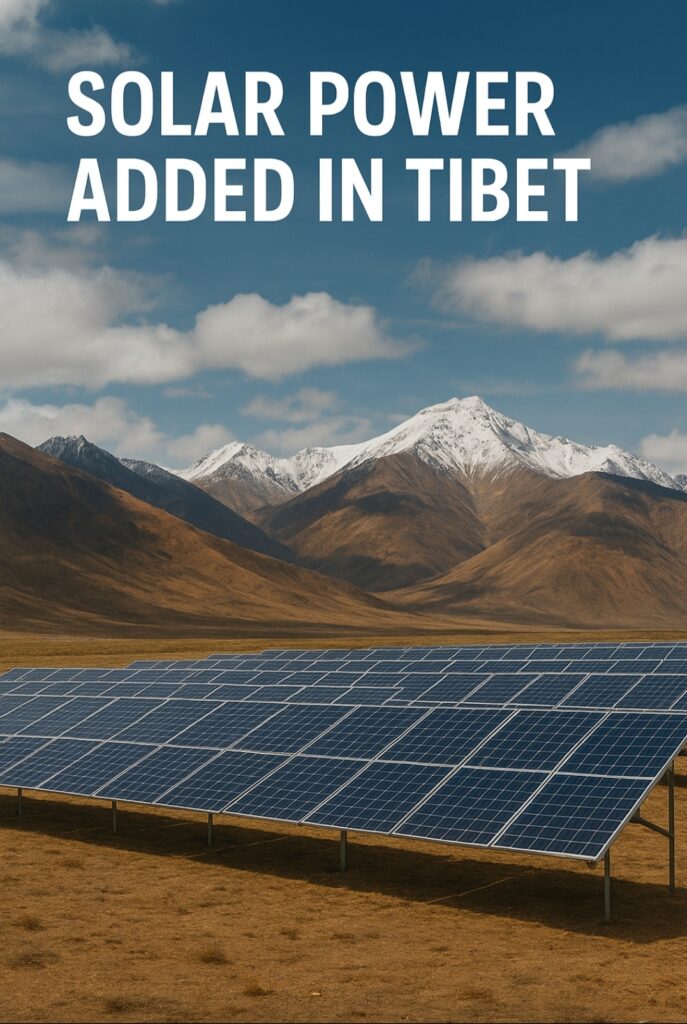
NEW DELHI: Renewables overtook coal as the globe’s biggest source of electricity in the first half of the year. One reason is that China added more solar and wind capacity than the rest of the world combined.
Solar panels stretch to the horizon in Tibet and cover an area seven times the size of Manhattan. (They soak up sunlight that is much brighter than at sea level because the air is so thin.) Wind turbines dot nearby ridgelines, capturing night breezes. Hydropower dams sit where rivers spill down long chasms at the edges of the plateau. And high-voltage power lines carry this electricity to businesses and homes more than 1,500 kilometres away.
The intention is to harness the region’s bright sunshine, cold temperatures and sky-touching altitude to power the plateau and beyond, including data centers used in China’s A.I. development.
While China still burns as much coal as the rest of the world combined, last month President Xi Jinping promised to reduce its greenhouse gas emissions and expand renewable energy by sixfold in the coming years. A big part of that effort is in sparsely inhabited Qinghai, a province in western China in a region known among the Tibetans as Amdo.
China is not the first country to experiment with high-altitude clean energy. But other places — in Switzerland and Chile, for instance — are mountainous and steep. Qinghai, slightly bigger than France, is mostly flat. That’s perfect for solar panels and the roads needed to bring them in. And the cold air improves the panels’ efficiency. The ones in Qinghai could run every household in Chicago. And China is building more, including panels at 5,000 meters.
The main group of solar farms, known as the Talatan Solar Park, dwarfs every other cluster of solar farms in the world. It covers 420 square kilometers in Gonghe County, an alpine desert.
Electricity from solar and wind power in Qinghai (the birthplace of the current Dalai Lama, now in exile) costs about 40 percent less than coal-fired power. As a result, several electricity-intensive industries are moving to the region. One type of plant turns quartzite from mines into polysilicon to make solar panels. And Qinghai plans to quintuple the number of data centres in the province. At this altitude, they consume 40 percent less electricity than centres at sea level because they barely need air-conditioning. (Air warmed by the servers is piped away to heat other buildings.)


